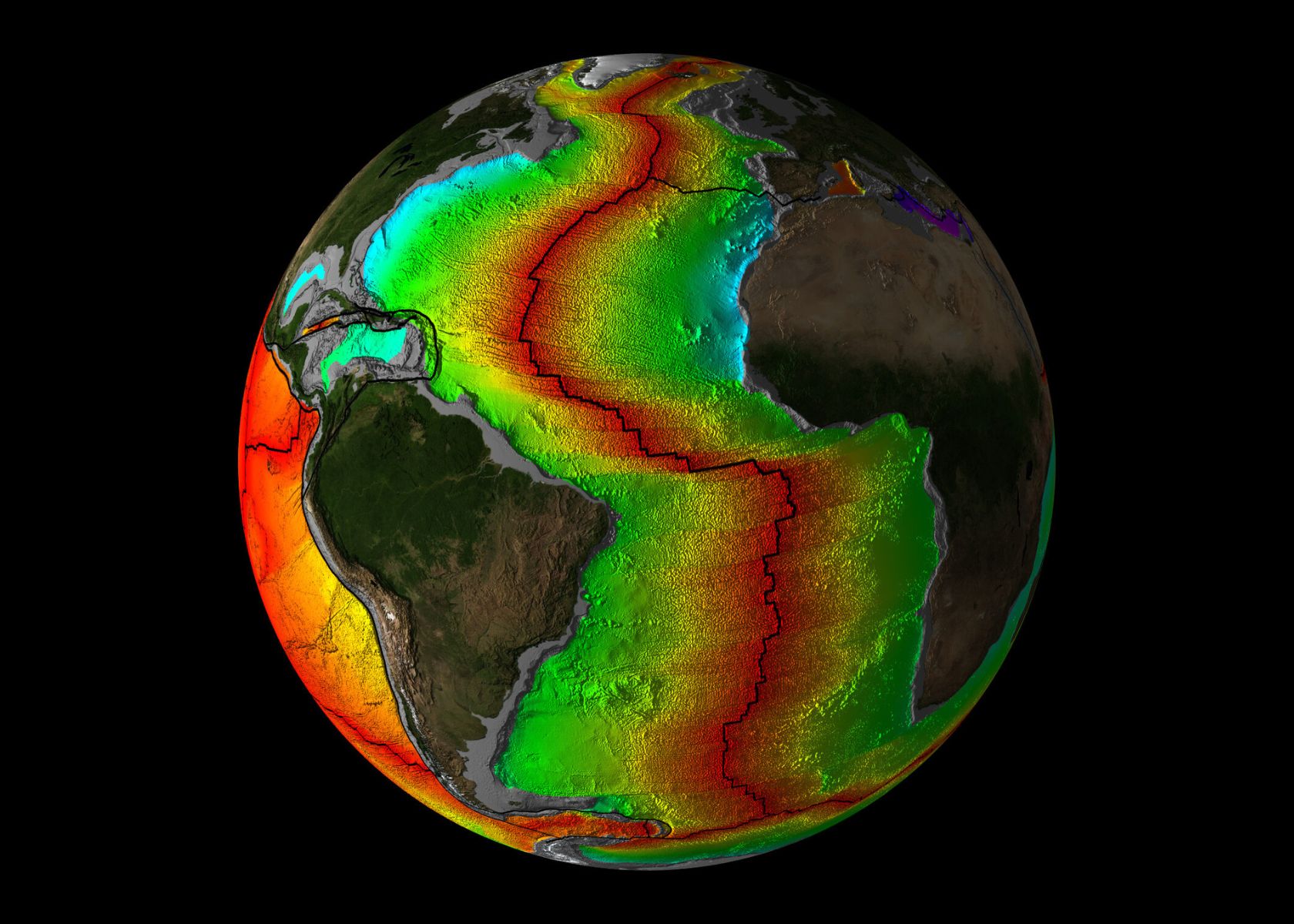
Around 180 million years back, the giant landmass of Pangea split up, creating the Atlantic Ocean.
Since then, the Atlantic Ocean has been getting bigger while the Pacific Ocean has been getting smaller. It can be spotted in the Pacific’s “ring of fire,” where land is closing in on the ocean.
However, it seems that the Atlantic’s growth might not go on forever. A recent study using computer models suggests that in about twenty million years, in terms of geology—the Atlantic Ocean might develop its own fire ring.
New research claims Gibraltar zone is still active
The authors of the study claim that the Gibraltar zone, previously thought to be inactive, is still active and will become active yet again.
Over billions of years, oceans go through what’s called the Wilson Cycle. First, a continent breaks apart, creating an ocean. Then, as continents move away from each other, the ocean gets bigger. Eventually, there’s a turning point called subduction initiation.
This is when the heavy plates at the ocean’s edge start sliding under lighter continental plates. After that, the ocean starts getting smaller until the continents at its edges crash into each other, according to the study.
Subduction zones don’t just appear out of nowhere. For subduction to occur, the super-strong tectonic plates have to crack and bend. Typically, subduction starts when it moves from one ocean into another.
This process is called subduction invasion. Based on the study, it is taking place at Gibraltar, which is at the very bottom of the Iberian Peninsula.
“There are two other subduction zones on the other side of the Atlantic—the Lesser Antilles, in the Caribbean, and the Scotia Arc, near Antarctica,” explained João Duarte, the lead author and a researcher at the University of Lisbon, Portugal. “However, these subduction zones invaded the Atlantic several million years ago.”
The Mediterranean Sea is a closing basin carrying Africa and Europe
The Mediterranean Sea is like a closing basin, where the oceanic plate slides beneath the continental plates carrying Africa and Europe. There is a subduction zone around Gibraltar, but it’s been slowing down over the past few million years, leading many researchers to believe it was inactive.
However, newer 3D modeling in this study suggests otherwise. Subduction invasion is a complex process that needs advanced modeling tools and supercomputers, which weren’t around a few years ago, according to Duarte.
Now, we can simulate the formation of the Gibraltar Arc with lots of details and predict how it might change far into the future, Duarte further explained.
Duarte and his team believe that the Gibraltar subduction zone is just taking a break—like a period of quiet. They predict that its activity will pick up again in about twenty million years. At that point, it will start invading the Atlantic Ocean and begin the process of shrinking it.
See all the latest news from Greece and the world at Greekreporter.com. Contact our newsroom to report an update or send your story, photos and videos. Follow GR on Google News and subscribe here to our daily email!



